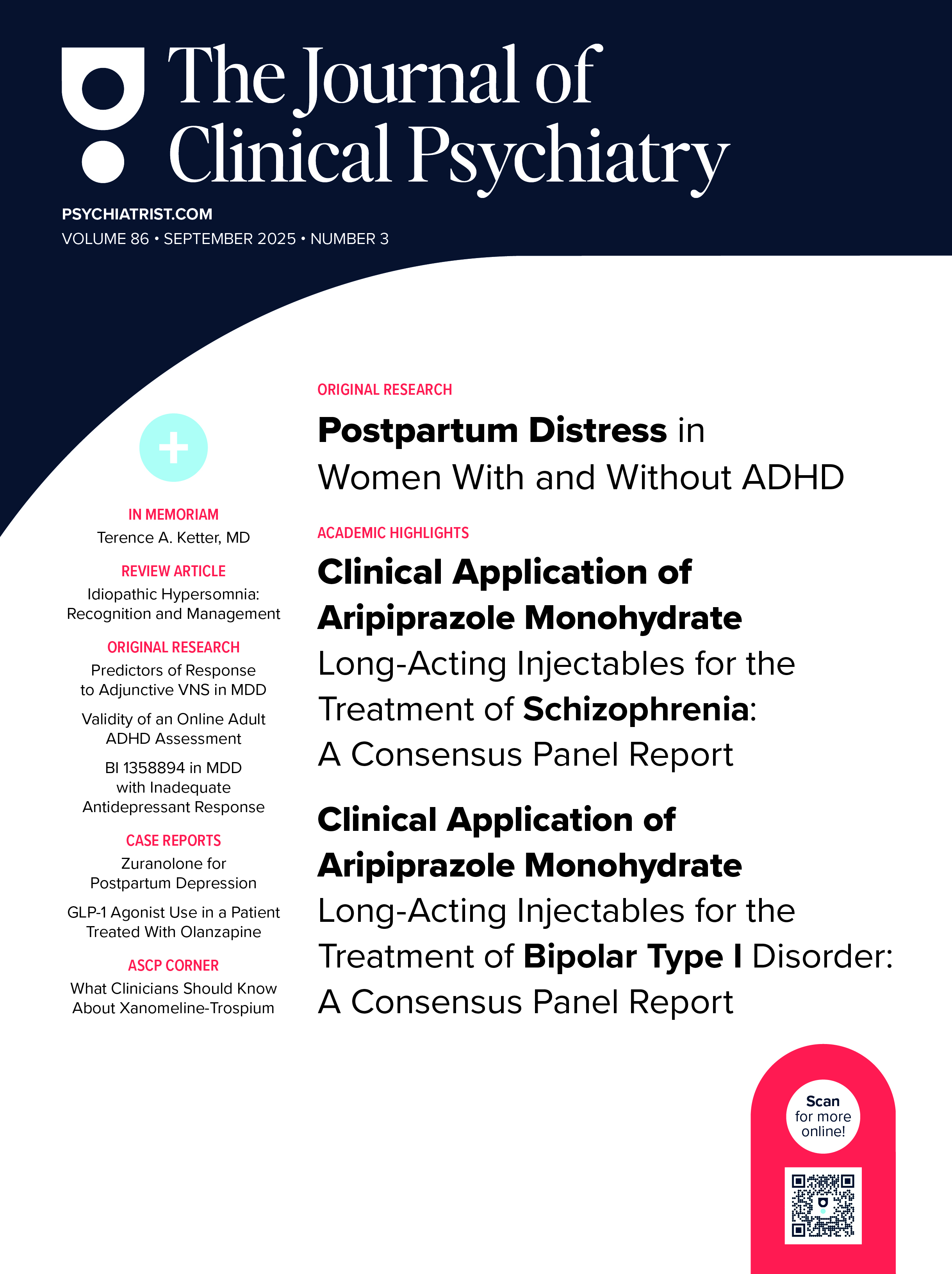Background: Prior studies have found that antidepressant medications are associated with an increased risk of falling in elderly persons. However, little is known about the prevention of falls during treatment for depression in elderly persons. This study evaluated the time course and potential risk factors for falls in a treatment protocol for late-life depression to identify specific at-risk periods and risk factors for falls in this population.
Method: One hundred four subjects aged 69 years and over were treated in a protocolized manner using paroxetine and interpersonal psychotherapy. Those who did not respond received augmentation therapy with bupropion, nortriptyline, or lithium. Subjects were assessed at baseline and weekly during treatment; demographic and clinical characteristics of those who experienced a fall during treatment were compared with those who did not fall. Cox proportional hazards models were used to define risk factors for falls in univariate and multivariate models.
Results: During a mean of 21 weeks of treatment, 40 subjects (38%) fell. About half (53%) of the subjects fell during the first 6 weeks of treatment. In the multivariate model, memory impairment and orthostatic changes in blood pressure during treatment were risk factors for falling. Additionally, augmentation with bupropion appeared to be a risk factor for falls in univariate analysis, but this result is preliminary due to the small number of subjects who took bupropion.
Conclusion: Increased monitoring for falls is warranted during the acute treatment of late-life depression. When treating such patients, clinicians should be especially watchful of those with memory impairments or those who develop orthostatic blood pressure changes; orthostatic blood pressure should be measured throughout acute treatment. Additionally, augmenting paroxetine with bupropion may also increase the risk of falls, and this medication combination should be used with caution in elderly patients.
Please sign in or purchase this PDF for $40.00.




